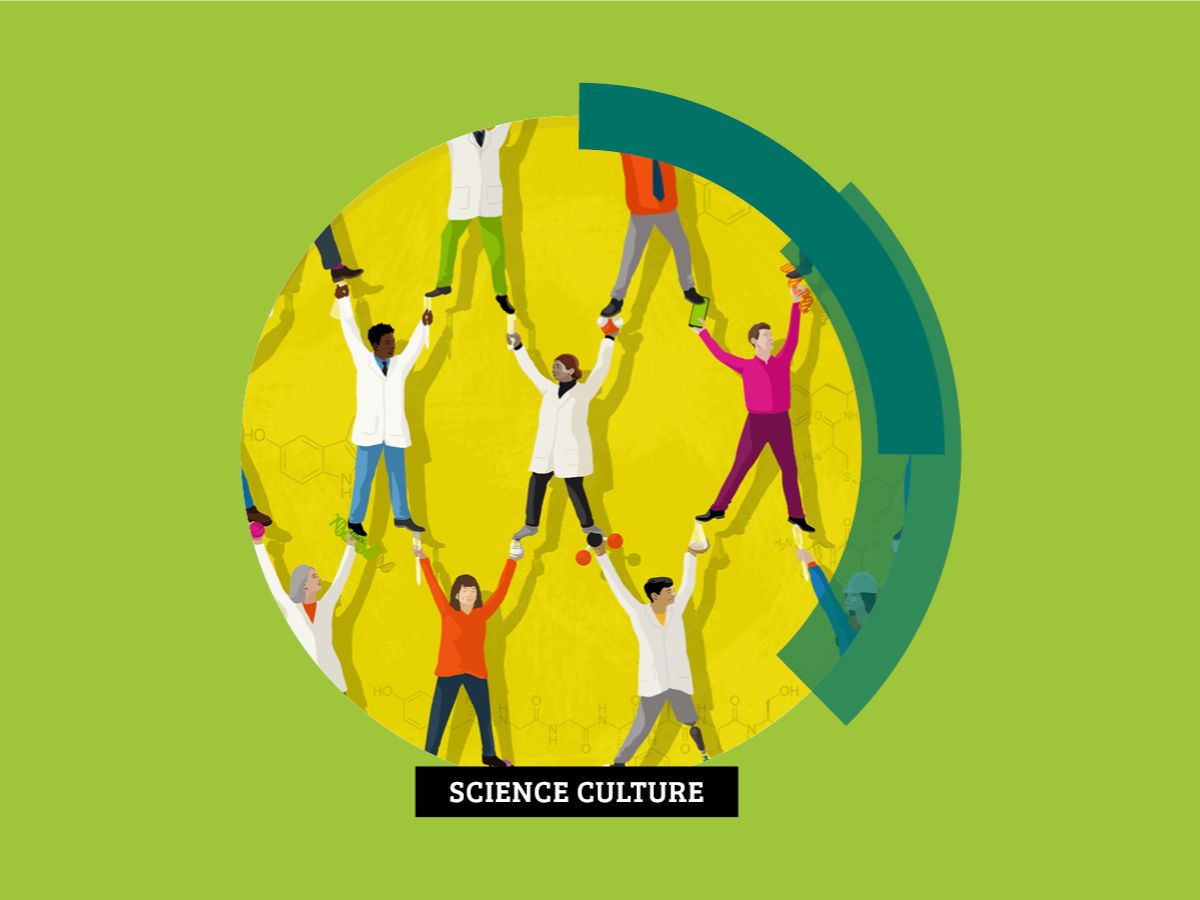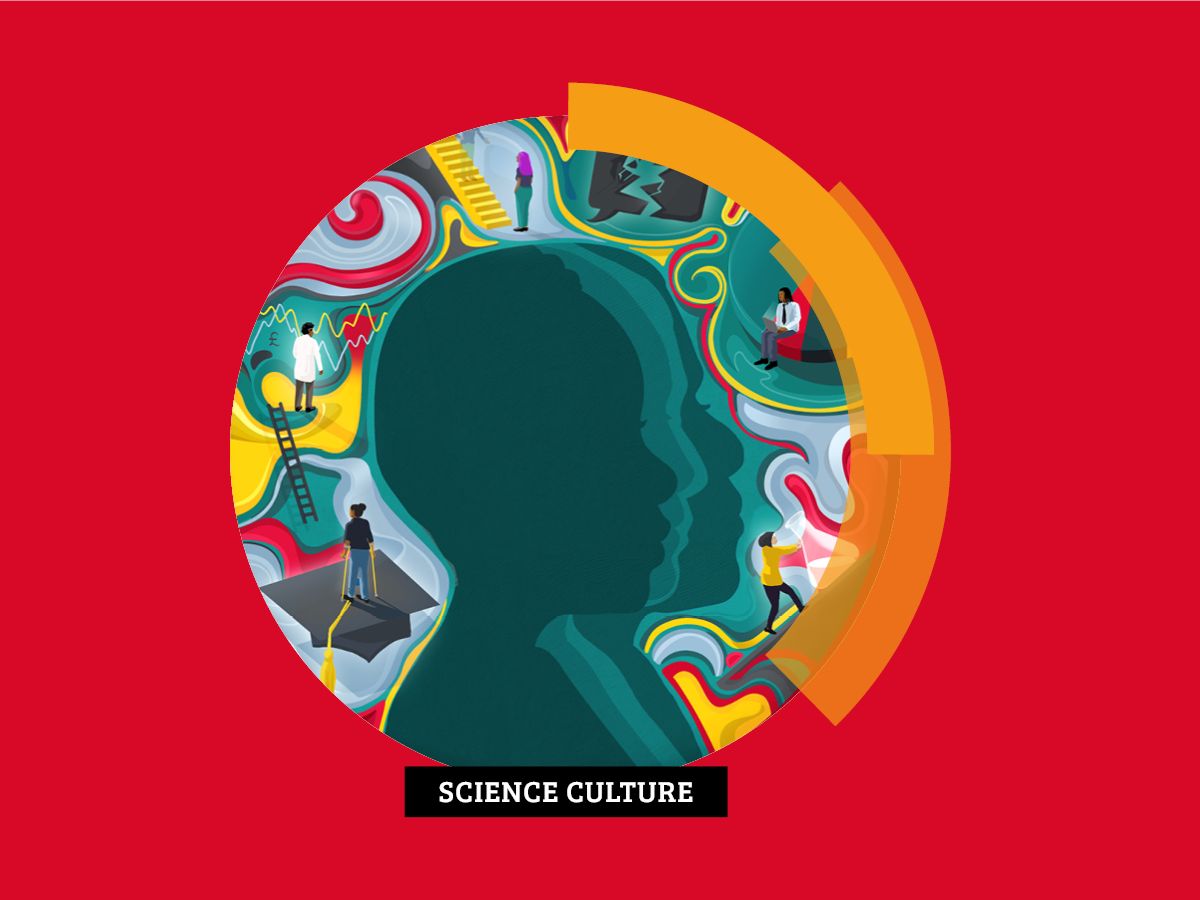Looking ahead: evolving our inclusion and diversity strategy for the next five years
By Professor Robert Mokaya, Chair of the Inclusion and Diversity Committee and President Elect of the Royal Society of Chemistry
As we approach the end of the Royal Society of Chemistry’s (RSC) 2020–2025 inclusion and diversity (I&D) strategy, it is a natural moment to reflect on what we have achieved and to look ahead to the next five years.
Over this period, we have worked together as a community to remove barriers, increase participation, and make chemistry a more inclusive discipline. This work has made a real impact, and we should take pride in the progress we have made.
However, the world has changed significantly in the last five years. While the fundamental goals of our I&D strategy remain relevant, we must ensure that the structure and focus of our next strategy account for the evolving challenges and opportunities.
Our four strategic pillars - access and retention, progression, data and evidence, and sharing knowledge and partnerships - have provided a strong foundation. But as we enter a new phase, we must examine whether they are still fit for purpose or need refining to continue driving meaningful change.
To do this, we have been assessing the changing landscape and gathering insights from multiple sources, including expert members of our community, RSC staff, and our Inclusion and Diversity Committee (IDC). This process involves reviewing external challenges, considering emerging opportunities, and reflecting on feedback from those directly impacted by our work.
Understanding the external landscape
One of the key areas of discussion has been the changing political, economic, and social environment affecting I&D in chemistry. A broad analysis of these external factors has been instrumental in shaping our approach, gathered in workshops with our community and staff.
From a political perspective, global shifts in policy and international collaboration are affecting how inclusion and diversity initiatives can be implemented.
One workshop participant noted, “International student and visa policies continue to shape access to chemistry careers in ways that we need to address.” Misinformation and polarisation have made it harder to build consensus on the importance of I&D efforts.
Economic challenges, including the cost-of-living crisis, were also highlighted as barriers to participation. The rising financial burden on students and early-career researchers means that access to education and professional development is not equal across all demographics.
One attendee pointed out, “Apprenticeship demand is increasing, but non-traditional pathways into chemistry remain under-supported.”
The technological landscape is another factor requiring attention. Rapid developments in artificial intelligence (AI) and automation present both opportunities and risks.
If not carefully managed, AI-driven hiring and recruitment processes can reinforce bias rather than eliminate it. “We need to ensure that emerging technologies support inclusion, rather than becoming new barriers,” observed one contributor.
Finally, our assessment has considered the environmental and legal aspects of inclusion and diversity. As sustainability becomes an increasing priority, we must consider how our approaches to inclusion and diversity align with global climate goals.
At the same time, we must navigate an evolving legal framework, understanding whether equality legislation remains fit for purpose and supports those who need it most.
Evaluating our strategic pillars
In addition to assessing the broader landscape, we have been reviewing the core elements of our strategy to ensure they remain aligned with the needs of our community.
Access and retention remain a priority, but it must be approached with a long-term perspective. Sustainable change requires embedding inclusivity at every level rather than relying on short-term interventions. One contributor noted, “We need to ensure that inclusion isn’t just about participation but about creating environments where people thrive.”
This includes expanding open-access publishing, making events more inclusive, and offering diverse learning formats that cater to different needs.
Progression was another key focus. While we have made strides in supporting underrepresented groups, more needs to be done to make progression pathways clearer and more accessible.
“People’s career aspirations are diverse, and we need to reflect that in how we support them,” noted one attendee. The importance of mentorship, sponsorship, and visible, relatable and approachable role models remains central to this pillar.
Data and evidence continue to be essential, but feedback has emphasised the need for better, more nuanced measurement. Traditional metrics can sometimes obscure the real picture, and we must ensure we are tracking meaningful indicators of progress. One contributor stated, “We need to shift from measuring problems to measuring progress and success.”
Sharing knowledge and partnerships is a pillar that has seen significant growth, and its importance has only increased. Discussions have highlighted the need for even greater cross-sector collaboration, global partnerships, and stronger connections between industry and academia.
We are a values-led organisation, but we operate in a global context with varying cultural expectations - navigating this with confidence will be a crucial element to our strategy.
Moving forward with confidence
These ongoing efforts reinforce that the core elements of our I&D strategy remain highly relevant. However, they also highlight key refinements needed to ensure our approach remains effective in a changing world.
Systemic change must be embedded at every level, and we must continue to build strong partnerships that enable lasting impact.
We are grateful to our staff and community for their insights, which have shaped our thinking and given us confidence in the next phase of our inclusion and diversity work.
With their support, we will continue to drive progress in chemistry - ensuring that our discipline is truly open and inclusive for all, now and into the future.




